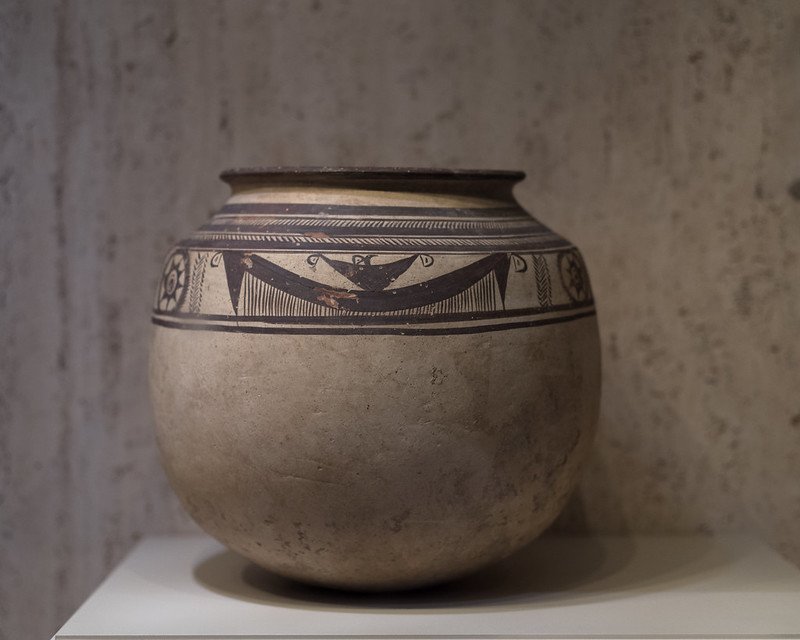Persian kilims, handwoven masterpieces from Iran, have captivated art enthusiasts and interior designers for centuries. Their vibrant colors, intricate patterns, and rich history make them sought-after pieces for homes around the world. But with so many options available, how do you choose the perfect Persian kilim for your space? This buyer’s guide will help you navigate the world of kilims and make an informed decision.
What is a Kilim?
A kilim is a type of flat-woven textile, distinct from traditional Persian rugs, which are pile-woven. The lack of a pile in kilims gives them a unique texture and appearance. They are typically made with a weft-float technique, where the weft threads are passed over and under the warp threads to create intricate patterns.
History and Origin
Kilim weaving has a long and rich history in Iran, dating back to ancient nomadic tribes. These nomadic people used kilims as practical items for their daily lives, such as floor coverings, blankets, and saddlebags. As Persian civilization developed, kilim weaving became more sophisticated, with artisans creating intricate designs and using higher-quality materials.
Over time, kilims became highly prized and were traded throughout the Silk Road. They were often used as gifts for royalty and nobility, and their designs reflected the cultural and artistic traditions of the Persian Empire.

Materials and Techniques
Traditional Persian kilims are typically made from wool, which is a durable and insulating material. Natural dyes, derived from plants, insects, and minerals, were used to create a vibrant palette of colors.
The intricate weaving techniques involved in creating kilims require skill and patience. The weft threads are passed over and under the warp threads in a complex pattern, creating the desired design. The process can be time-consuming, especially for large or intricate kilims.
Key Features to Look For
Authenticity: Learn how to spot authentic Persian kilims and avoid replicas.
Weave Quality: A tight, even weave is a sign of a high-quality kilim.
Colors and Patterns: Explore the different color palettes and patterns commonly found in Persian kilims, from geometric designs to floral motifs.
Age: The age of a kilim can impact its value and appearance.
How to Choose the Right Persian Kilim
Size and Shape: Consider the size and shape of the space where you plan to use the kilim.
Color Palette: Choose a kilim that complements your existing decor.
Pattern: Select a pattern that reflects your personal style and the overall feel of your home.
Budget: Set a realistic budget before you start shopping.
Where to Buy Persian Kilim
Are you looking for an authentic and unique Persian kilim? Migo Art Gallery offers a rich collection of handmade Iranian kilims. Explore our website and discover a world of vibrant colors and intricate designs to find the perfect kilim for your home.
Conclusion
Investing in a Persian kilim is an investment in both art and home decor. By understanding the key features of these beautiful textiles and following the tips in this guide, you can find the perfect kilim to enhance your living space.




